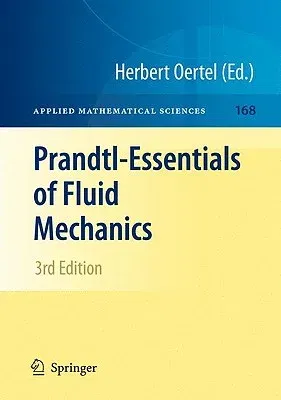Prandtl-Essentials of Fluid Mechanics (2010)Hardcover - 2010, 5 November 2009

Qty
1
Turbo
Ships in 2 - 3 days
In Stock
Free Delivery
Cash on Delivery
15 Days
Free Returns
Secure Checkout

Part of Series
Applied Mathematical Sciences
Part of Series
Applied Mathematical Sciences (Springer)
Print Length
795 pages
Language
English
Publisher
Springer
Date Published
5 Nov 2009
ISBN-10
144191563X
ISBN-13
9781441915634
Description
Product Details
Book Edition:
2010
Book Format:
Hardcover
Country of Origin:
NL
Date Published:
5 November 2009
Dimensions:
23.37 x
15.49 x
4.57 cm
ISBN-10:
144191563X
ISBN-13:
9781441915634
Language:
English
Location:
New York, NY
Pages:
795
Publisher:
Weight:
1202.02 gm